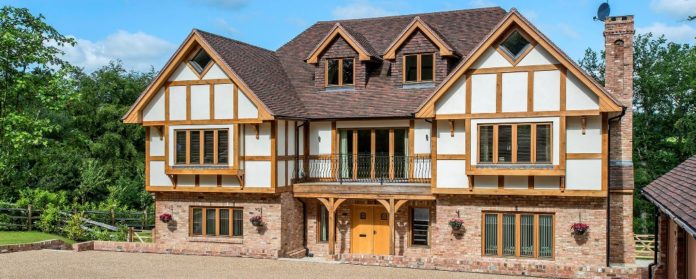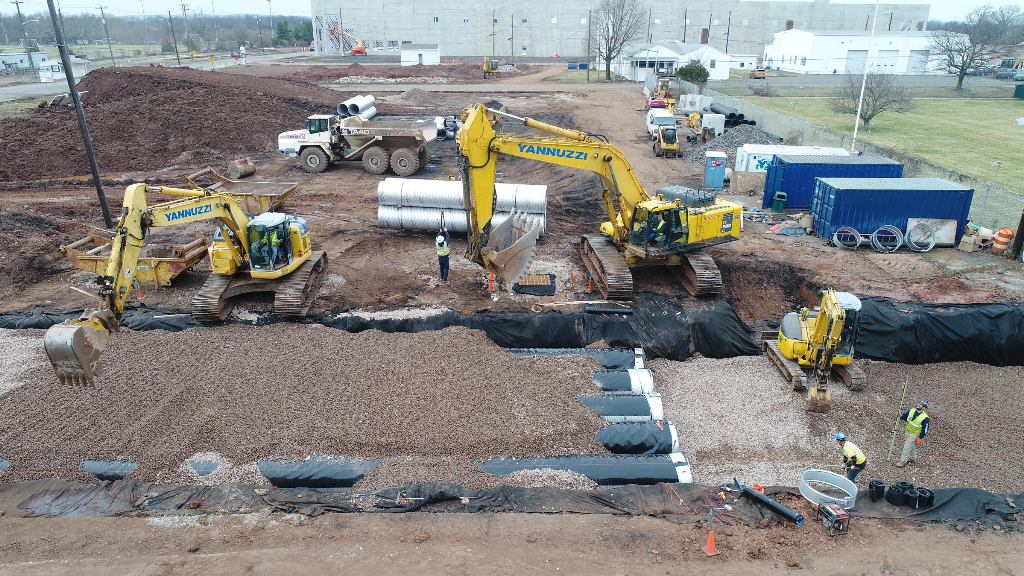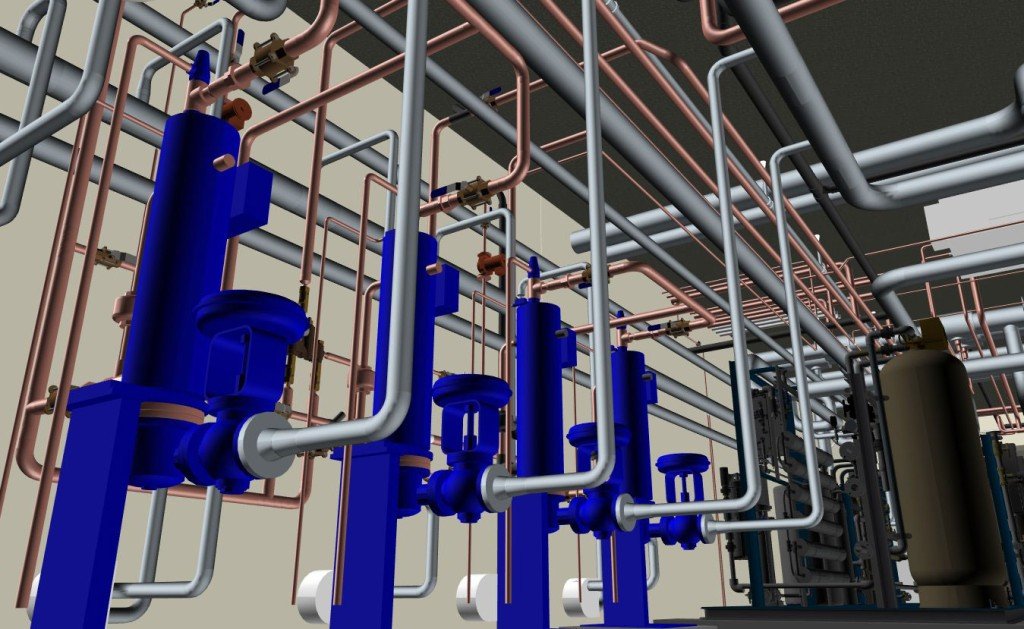Once the construction materials have all been delivered, sorted, and inventoried, it’s now time to get down to the exciting work of erecting your house. Most timber houses require a crane to hoist the materials to their desired locations that is why most business-savvy builders hire a crane from crane rental services because If you buy, you’re stuck with the equipment, regardless of its quality and performance. But when you lease, you have options. Raising the frames can take several days depending on the size and complexity of the structure.
Nowadays, timber frame housing is making a comeback, thanks to the natural beauty of timber, sustainability, durable construction, and low cost compared to more conventional building materials.
Additionally, the energy efficiency of timber frame homes has improved dramatically since timbered houses dominated during the Medieval times, not to mention the construction techniques and great finishes that are now part of the building repertoire.
Full timber frame housing employs beams and posts for both exterior walls and interior walls which allows great expanses of open spaces. However, about 90% of modern timber frame homes use hybrid timber frames that combine elements of timber and conventional construction. You can check out different styles at Hamill Creek Timber Homes where they have timber frame kits as well as post and beam homes.
A big advantage of these types of homes is that a hybrid timber house allows you to make substantial cost savings while maximizing the aesthetics of a timber frame structure. Nevertheless, wood still dominates even in hybrid timber frame houses.
Here’s a step by step guide on how to build a timber frame house.
1.Prep Work
The first step in turning your timber frame home from a dream into reality is the conceptualization and preparation phase. Consider what aspect of timber frame houses impresses you the most: stylistic preference, durability, energy conservation or ecology.
Create a notebook of ideas where you will document photos of your dream homes. To brainstorm, visit commercial websites, educational and industrial sites. Consider using online virtual idea boards where you can share your ideas with friends, colleagues, and designers.
That said, you really don’t have to go overboard with the research. Assuming this is not a DIY project, you will be paying professional architects, designers and engineers to do the heavy lifting for you.
Additionally, you don’t need to rush. The process of building a timber frame house from conceptualization all the way to completion can take years so take your time.
1.Find your Team
The second stage in the building process involves the selection of your construction team. You will need an architect and/or timber frame designer, a general contractor and a timber frame company. Most architects and designers have pre-designed plans from which you can choose one and save a good chunk of design fees.
Some timber frame companies provide all-inclusive packages while others offer design and fabrication services and leave the contractor to install the frames while yet others design, fabricate and erect the timber frames.
The general contractor deals with all construction aspects from excavation work to the final walk-through. Most timber frame companies have a list of contractors that they recommend to clients.
1.Design and Engineering
This is the stage where the design team will turn your wonderful ideas into practical designs on paper. The design team will produce preliminary conceptual drawings that help you visualize your dream home.
The team will choose from a basic frame and trusses designs including:
- On-Display frames
- Hidden frames
- Common Truss
- King Post Truss
- Queen Post Truss
- Scissor Truss
- Hammer Beam Truss
Your choices of timber include reclaimed timber from brands like Big Timberworks Timber Frame or green timber. A big advantage of reclaimed timber is that it has dried and stabilized over time leading to a minimum checking or twisting compared to fresh sawed timber.
The engineering aspect is perhaps the most critical part of building a timber frame home. Keep in mind that the main concept of a timber frame house is a wide expanse of clear space as well as an open architectural style.
A timber frame structure can span 60ft compared to 24ft average for conventional housing, emphasizing the need for a sound structure to make sure everything is well supported. The engineer and designer will work hand-in-hand to ensure that both structural integrity and aesthetics are taken care of.
At this stage, you will need to contact your local authorities for building permits. This process can take time, so start early.
1.Finish Choices and Encapsulation
Once your frame is sorted, now it’s time to think about the bits that go in-between. Timber is a highly versatile building material that allows a great array of finishes. Depending on aesthetics and structural requirements, you can choose from four common timber types: Douglas Fir, Eastern White Pine, Red Oak, and White Oak. Most timber frame companies supply a variety of infill panels and encapsulation systems.
Simple oil finishes using products like Lanark and Heritage Natural
Finishes are the most popular because they allow the wood to darken naturally and develop its patina.
An encapsulated frame has the entire skeleton wrapped on the outside with an airtight and highly insulated exterior shell that can be clad in a variety of finishes including brick, tile hanging, render and feather-edge weatherboarding.
1.Costing
And now to the million-dollar question: how much will your dream house cost? Many timber frame houses are budget-driven where certain features are downplayed or eliminated altogether. Your building costs will depend on several factors, including:
- Building design
- Building materials
- Building dimensions
A two-story house will cost less than a single-story one. In general, a timber frame house costs $150-$175 per square foot at the low end and $200-$325 per square foot at the high end. On average, it costs roughly $300,000-$650,000 to build a 2,000-sq.ft house.
1.Raising and Site Work
Once the raising is complete, the second stage is the T&G deck installation. Homebuilders typically use 2 X tongue and groove decking for both the floor and the ceiling.
The next step involves installing the enclosure system using material like Structurally Insulated Panels (or SIP), conventional framing or a combination of the two. This stage tends to advance very rapidly compared to the other two.
1.Mechanical Systems
Once your house is fully enclosed, the final stage involves taking care of different mechanical systems including plumbing, HVAC and electrical installations. In general, these are complex systems that require professionals for proper and safe installations.
You can find a more comprehensive guide here.
Now you can sit back and marvel at what you have been able to accomplish. A colorful scrapbook showcasing the unraveling of your brainchild will wow your family, friends, and visitors for years to come!
























